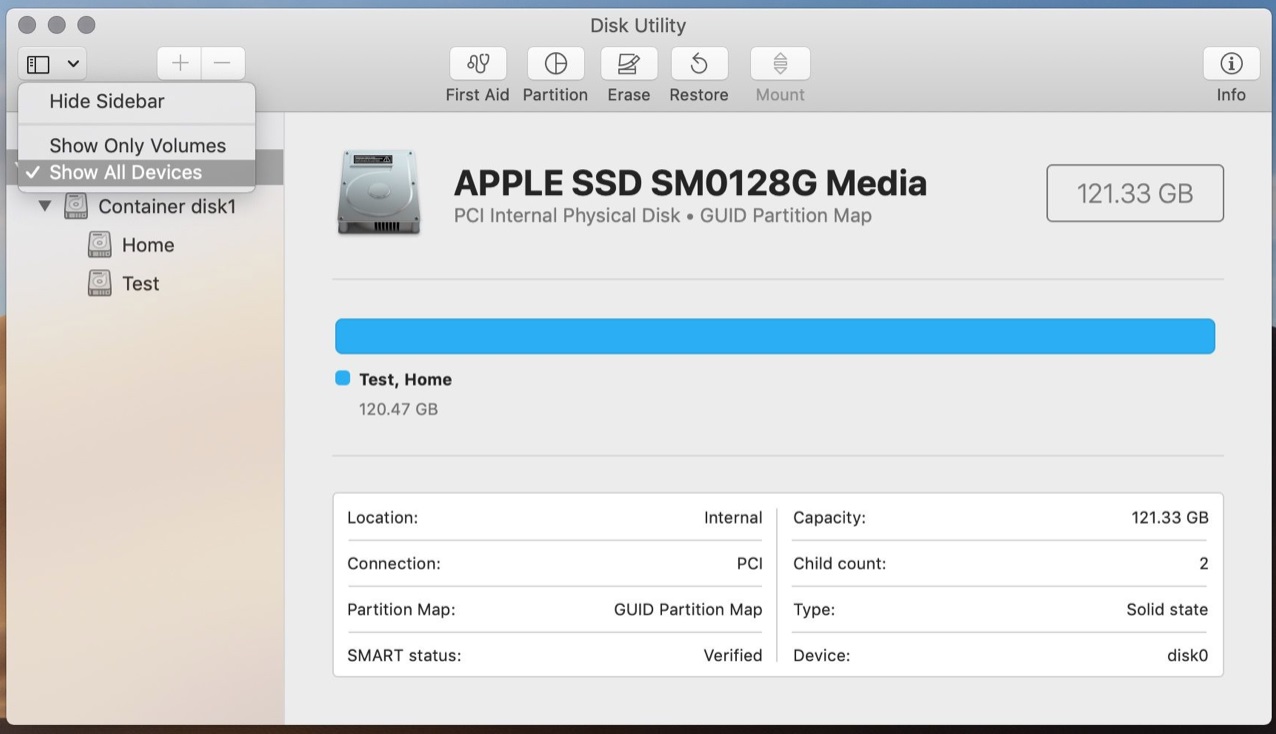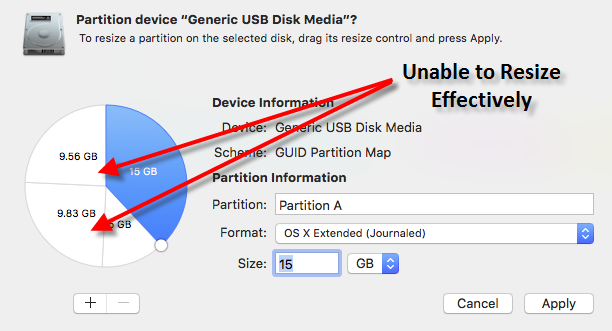

MacDrive does, however, support Mac-formatted removables with the partition types of APM (Apple Partition Map) or MBR (Master Boot Record), either of which can be created with Disk Utility.

A removable device can be identified as it will appear in the “Devices with Removable Storage” area of when viewing available drives (‘Computer’ in Windows 7/Vista, ‘My Computer’ in XP). This is because Windows does not currently support GPT removable devices of any kind, including those formatted NTFS, the most common Windows disk formatting type. Removable devices, such as flash drives, cannot be GPT partitioned and work with MacDrive. You can simply connect the disk to your computer, and MacDrive will be able to access the disk and assign it a drive letter.

No additional software is needed to access a Mac-formatted disk that is GPT partitioned. Fixed disks can include internal hard drives, but can also include portable devices such as external hard drives which connect via USB, FireWire, etc. MacDrive fully supports GPT partitioning for fixed disks. When formatting Mac-formatted disks, such as HFS+ or HFS+J, in Disk Utility, current versions of the Mac OS typically use GPT as the default partition type. GPT (GUID Partition Table) is a partition type for disks.


 0 kommentar(er)
0 kommentar(er)
